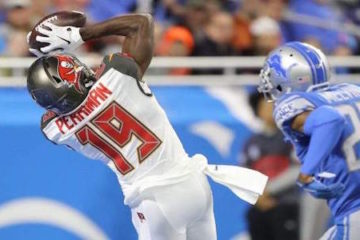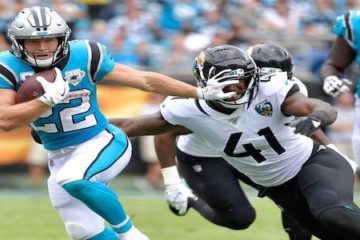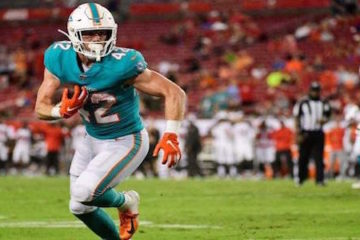2012 Fantasy Baseball: Sell High On Neftali Feliz, Buying Low On Alexi Ogando
Sell High: Neftali Feliz
When the Rangers made Feliz their closer, it caused many-a groan from people (like me) who thought it was stupid to take a good starting pitcher, and stick him in the bullpen. After winning Rookie of the Year as a closer in 2010, and continuing his success in the role last season, the Rangers decided the best move was to put him back in the rotation.
Suffice to say, that the experiment has not gone well. Even though he posts an ERA of 3.16, his FIP and xFIP point to some regression to for Neftali, as they stand at 4.57 and 4.85 respectively.
Feliz has benefitted from a little bit of luck this year, with his .213 BABIP. Feliz has shown throughout his career that he can maintain a low BABIP, as his career number is .217. The red flag here is that the league BABIP is .290, meaning that with more innings that number become more likely to grow.
The main concern for Feliz is that because he has to stretch himself over multiple innings, his average fastball velocity has taken a dip. Last season his average velocity for fastballs was 96.3 mph, and this year that number has decreased to 94.7 mph. The decrease in velocity is certainly a concern, but there is a bigger one concerning his slider. Using his Pitch F/X pitch values from Fangraphs, which are measures of how many runs a pitcher saves or allows by using a pitch, we can see that Feliz has seen a sharp decline in his slider’s effectiveness. With this stat, average is 0, and it tends to range from -1.5 to 1.5. In 2010, Feliz’s SL/C (see the whole stat explained here, it’s his pitch value divided by 100) was an absurdly good 2.79, but last season it dropped to -.55, and this season, has hopefully bottomed out at -1.48. The pitch that had gone from being most effective has become his biggest liability.
One reason for this may be because the velocity on the pitch has gone from 79.6 mph on average, now up to 82.2 mph. With the increase in velocity however, has come a loss in movement, which you can see below in his pitch f/x graphs (courtesy of BrooksBaseball.net) for 2010 and then 2012. Although one must be cautious when using pitch f/x in small samples, it appears as though the change in velocity has lead to the decrease in movement.
Buy Low: Alexi Ogando
I promised an all-Rangers column today, and I won’t disappoint. Alexi Ogando was a player who burst on the scene last year with Texas as a guy they were able to convert from the bullpen to the rotation successfully, which as we learned a few mouse scrolls above is not all that easy to do.
This season the Rangers decided it would be best to put Ogando back into the bullpen, and even when they lost Feliz to injury, decided on going with a stopgap until the newly-signed Roy Oswalt was ready. After an injury to Derek Holland, a spot in the rotation opened up for Mr. Ogando, and one should expect him to seize that by the horns and run with it.
Last season Ogando struck out 6.71 batters per nine innings, while pitching to the tune of an ERA/FIP/xFIP line of 3.51/3.65/3.94. So although the xFIP projected some regression, it should not be enough to scare off anyone who may need a starter for at least the next month or so, possibly longer.
His K/9 is up to 9.38 in the bullpen this year, and even though that number will be skewed high by the fact that he is in the pen, that number will be higher as a starter than it was last year due to his 12.6 swinging-strike rate (8.9% in 2011).
Ogando is also throwing more strikes this season as opposed to last season. 47.2% of his pitches were strikes in 2011, with that number improving in 2012 to 51.9%. This trend has worked in his favor to this point, as batters have made contact on just 77.4% of pitches inside the zone this year, against a 86.9% rate for 2011.
Ogando may not even be a buy in most leagues, as he is only owned in 9.2% of ESPN leagues. If you already own him in a deep league, it could be a major coup for your team because I would expect his stock to rise if he can stick as a starter.
Written by Spencer Schneier, exclusively for TheFantasyFix.com. For more great fantasy baseball advice, give Spencer a follow on Twitter @BaseballSpencer.
(April 24, 2012 – Source: Ronald Martinez/Getty Images North America)







